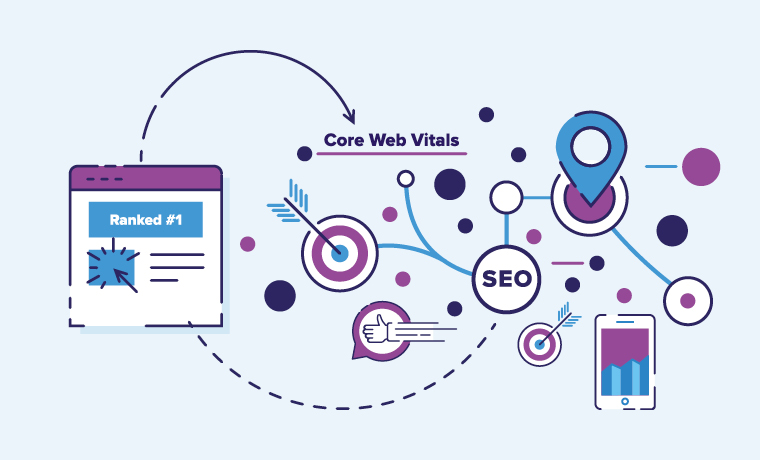Understanding Core Web Vitals and Their Importance
What Are Core Web Vitals?
Core Web Vitals (CWV) are a set of performance metrics introduced by Google to measure user experience on websites. These metrics focus on loading speed, interactivity, and visual stability, which are critical for ranking on search engines.
Why Are Core Web Vitals Crucial for Publishers?
Google has made CWV a key ranking factor since mid-2021, emphasizing the importance of user experience. For publishers, optimizing CWV ensures better traffic, higher engagement, and improved ad performance.
The Three Core Web Vitals Metrics
Largest Contentful Paint (LCP)
LCP measures loading performance. It tracks how quickly the largest visible content (like images or text blocks) loads on the screen. A good LCP score is under 2.5 seconds.
First Input Delay (FID)
FID evaluates interactivity. It measures the time it takes for a page to respond to a user’s first interaction, such as clicking a button or link. Aim for an FID score of less than 100 milliseconds.
Cumulative Layout Shift (CLS)
CLS assesses visual stability. It calculates how often elements on your page shift unexpectedly during loading. A CLS score below 0.1 is considered ideal.
How Core Web Vitals Impact SEO Rankings
Google’s Focus on User Experience
Since the rollout of CWV as part of the Page Experience update, Google prioritizes websites that offer seamless user experiences. This is particularly relevant in the mobile-first indexing era, where mobile browsing dominates traffic.
The Role of Ads in CWV Optimization
For publishers relying on ads, balancing ad placement with CWV optimization is essential. Mismanaged ads can negatively affect CLS and overall user experience, reducing rankings.
Strategies to Optimize Core Web Vitals
Improve Loading Speed (LCP)
- Use lazy loading for images and videos to reduce initial load times.
- Optimize server response times with Content Delivery Networks (CDNs).
Enhance Interactivity (FID)
- Minimize JavaScript execution to improve responsiveness.
- Implement browser caching to reduce delays in user interactions.
Stabilize Visual Layouts (CLS)
- Assign fixed dimensions to images and videos to prevent layout shifts.
- Avoid inserting dynamic content above existing elements during page load.
Best Practices for Publishers
Conduct Regular Audits
Use tools like Google’s Lighthouse or PageSpeed Insights to monitor your CWV scores regularly and identify areas for improvement.
Balance Ads and Usability
Ensure that ads do not disrupt the user experience by causing layout shifts or slow loading times. Tools like Publisher Ads Audits can help optimize ad placements without compromising CWV scores.
Prioritize User Experience for SEO Success
Why Publishers Must Act Now
Core Web Vitals are not just technical metrics; they reflect real user experiences. By focusing on these factors, publishers can boost their website rankings, increase organic traffic, and enhance user satisfaction.
The Future of SEO for Publishers
As Google’s algorithms evolve, prioritizing user-centric metrics like CWV will remain critical. Start optimizing today to stay ahead in the competitive digital landscape.

